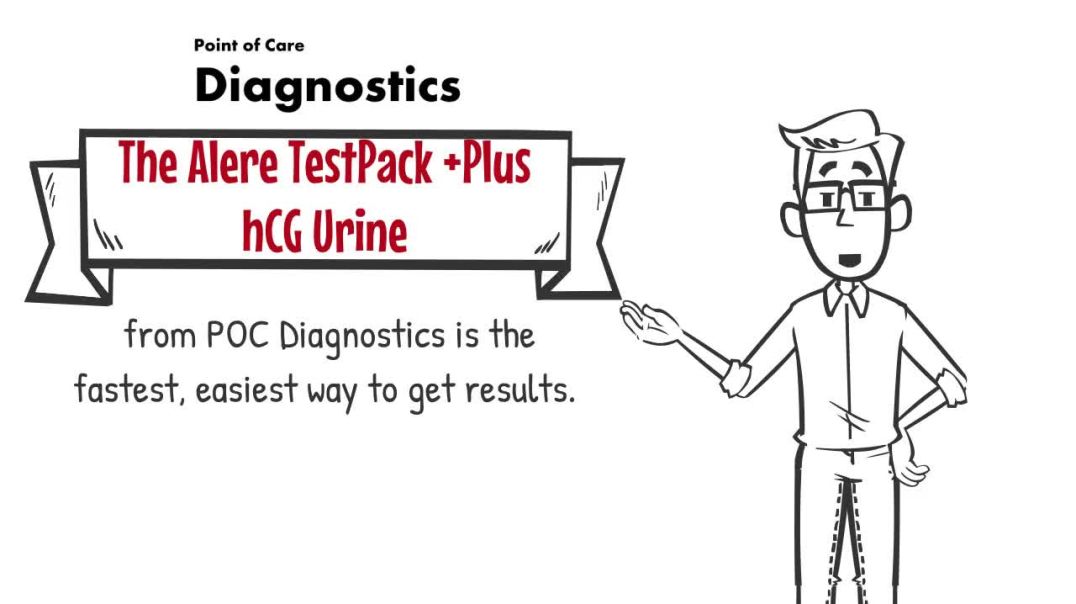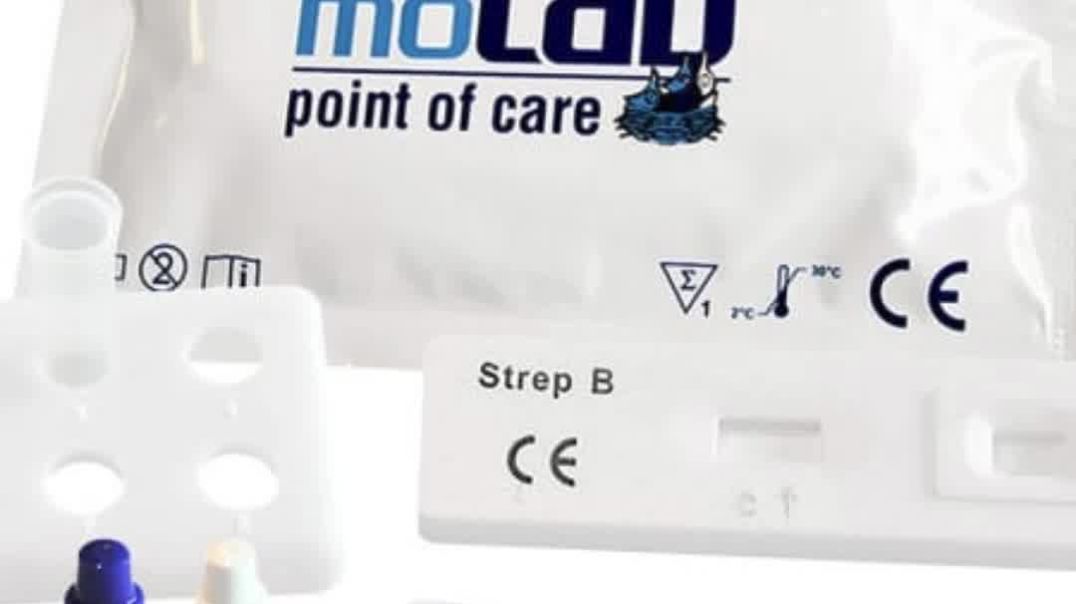5 Views· 09 September 2022
2020 Suzuki Vitara Hybrid Test Drive Review POV
2020 Suzuki Vitara Hybrid Test Drive Review POV .
1.4-litre K14D Boosterjet turbocharged engine – in detail
The Boosterjet engine was developed with Suzuki’s ethos of reducing weight and size with added response and smooth power delivery to achieve the characteristics that Suzuki engines are renowned for.
The 1.4-litre engine has now been developed further for the 2020 Vitara model and is fitted to all three model grades. It is designated as K14D and incorporates a new electric Variable Valve Timing (VVT) system for the intake side as well as new design fuel injectors and a higher pressure fuel pump. The exhaust camshaft side is controlled via a conventional Hydraulic VVT actuator.
The Dual VVT system improves engine performance by continuously varying both intake and exhaust valve timing to suit engine operating conditions and the electric motor drive intake VVT has a characteristic to shift the timing phase more smoothly regardless of engine oil temperature and engine speed. The combined effect of the two VVT’s attains optimum engine power, improved fuel efficiency and lower CO2 emissions.
Fuel is injected at a higher pressure of 360 Bar into the combustion chamber during the air intake stroke which then forms a rich mixture around the spark plug and leaner mixture around the outer edge of the piston. The tumble flow of the fuel is created by utilising a straight intake port and a complex shape piston crown design.
A variable fuel control system is also utilised that optimally monitors fuel injection pressure according to the driving situation. By widening the range of fuel injection, PM (Particulate Matter) and PN (Particulate Number) emissions are reduced across the low to high engine speed ranges. This helps promote fuel atomisation and also improves fuel combustion efficiency.
The K14D Boosterjet engine has been developed with Suzuki’s ethos of reducing weight and size with added response and smooth power delivery to achieve the characteristics that Suzuki engines are renowned for.
During development, Suzuki’s engineers virtually eliminated the typical delay in turbo power delivery or ‘lag’ by attaching the compact turbo charger directly to the cylinder head as well as incorporating the exhaust manifold into the cylinder head casting. This design ensures optimum gas flow with minimal heat loss through to the turbo unit which has a boost pressure of 1.1 Bar.
Historically, power and torque delivery from a turbo-charged engine would not have been available until much higher engine speeds, offering less flexibility to the driver. This is now enhanced even further with the adoption of the 48V hybrid system.
The 1.4-litre engine offers strong benefits in performance too with a 0-62mph acceleration time of 9.5 seconds (2WD models) for both manual and automatic transmissions and a maximum speed (where permitted) of 118mph.
48V Hybrid Technology.
Similar in basic principle to the 12V Hybrid system that Suzuki pioneered in 2016, which is now fitted to all manual transmission Ignis models and all Swift models from the Summer of 2020, the newly developed 48V Hybrid Powertrain for Vitara remains very lightweight in design and its components add less than 15kg to the overall weight of the vehicle.
The new and higher-powered Suzuki system consists of a 48V lithium-ion battery, Integrated Starter Generator (known as ISG) and 48V-12V (DC/DC) converter to power components requiring lower voltage including lights, audio and air conditioning. The ISG acts as both a generator and starter motor, is belt driven and assists the petrol engine during vehicle take off for a higher level of torque with 235Nm available from 2,000rpm and up to 3,000rpm.
The compact and high-performance lithium-ion battery stores electrical energy recovered from deceleration and braking and incorporates an idle stop function operated via the Integrated Starter Generator. This battery, as well as the DC/DC convertor unit, are located under the front seats to assist overall weight distribution.
The 48V system also has new torque-fill control and torque boost features which are not provided on the 12V version. These features enhance driving feel by adding torque from the electric motor to engine torque during acceleration.
Even though the Boosterjet turbo charger of the K14D engine becomes fully operational from just 2,000rpm, Torque Boost is beneficial at even lower engine speeds as it helps optimise the torque curve and provide even smoother acceleration when full throttle is applied from rest.
A further efficiency benefit of the new 48V Hybrid system is the introduction of electric motor idling when the clutch is disengaged and vehicle speed is below approximately 50mph (80km/h). This feature essentially replaces fuel injection with power from the electric motor to then control and maintain engine idling when the vehicle is decelerating and when stationary.
#SDADan #suzuki #vitara #cars #auto #suzukivitara #vitara2020



























0 Comments